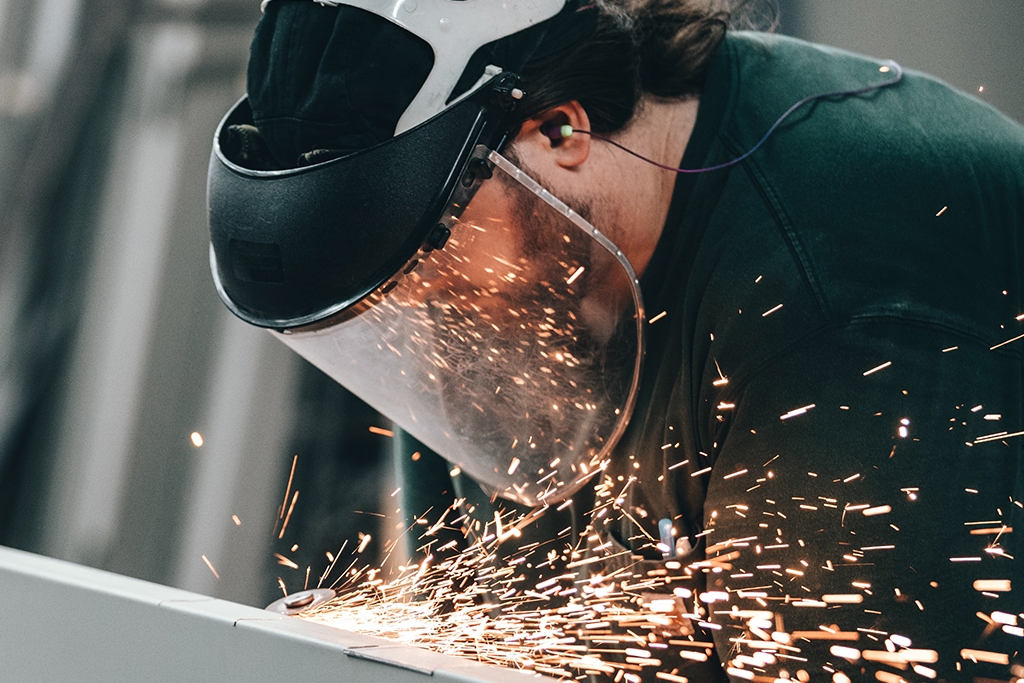In honor of Fire Prevention Week, these welding safety tips will help you prevent the spread of fire when welding or engaging in any other activity involving a flame, spark production, or heat.
What is Hot Work? Hot Work can be defined as work involving burning, welding, or a similar operation that is capable of initiating fires or explosions. Examples include, but are not limited to: welding, cutting, grinding, soldering, heat treating, hot riveting, torch-applied roofing, abrasive blasting, and powder-driven fasteners.
Welding Alternatives
Whenever possible, work should be performed using alternative methods other than hot work.
For example:
- Instead of welding, consider mechanical bolting
- Instead of welding or soldering pipe, consider using screwed, flanged, or clamped pipe.
- Moving frozen pipe to a heated area
If you do plan on welding or doing other types of hot work, you should get a Hot Works training certificate.
Hot Works Certification
In Massachusetts, anyone who performs, supervises, or delegates hot work must complete an approved hot work certification program.
You want to make sure you’re taking a certification program that is approved by the MA Department of Fire Services like the course offered by At Leisure Contractor Licensing. They also offer a Spanish Hot Works certification.
Here are a couple of safety tips you will learn more about in your hot works / welding certification course:
Permissible Areas
Whenever practical, welding or other types of hot work should be performed in a designated area, away from combustibles and hazards. A designated area is a specific, permanent location that is designated and approved for hot work operations. You’ll learn more about this in your Hot Works safety training course.
Prior to the start of any hot work activity in a designated area, the following (at a minimum) must be verified to be true:
- The location is fire resistant
- Fire extinguishers are readily available and are in working condition
- Ventilation is working properly
- Equipment is working properly
Protective Equipment
Any personnel working on platforms, scaffolds, or runways should be sufficiently protected from falling through the use of railings, safety belts, life lines, or some other equally effective safeguards.
Welders should place welding cable and other equipment so that it is clear of passageways, ladders, and stairways.
Helmets or hand shields should be used during all arc welding or arc cutting operations (with the exception of submerged arc welding).
- Helmets and hand shields should be made of a material that is an insulator for heat and electricity.
- Helmets and hand shields should be arranged to protect the face, neck, and ears from direct radiant energy from the arc.

